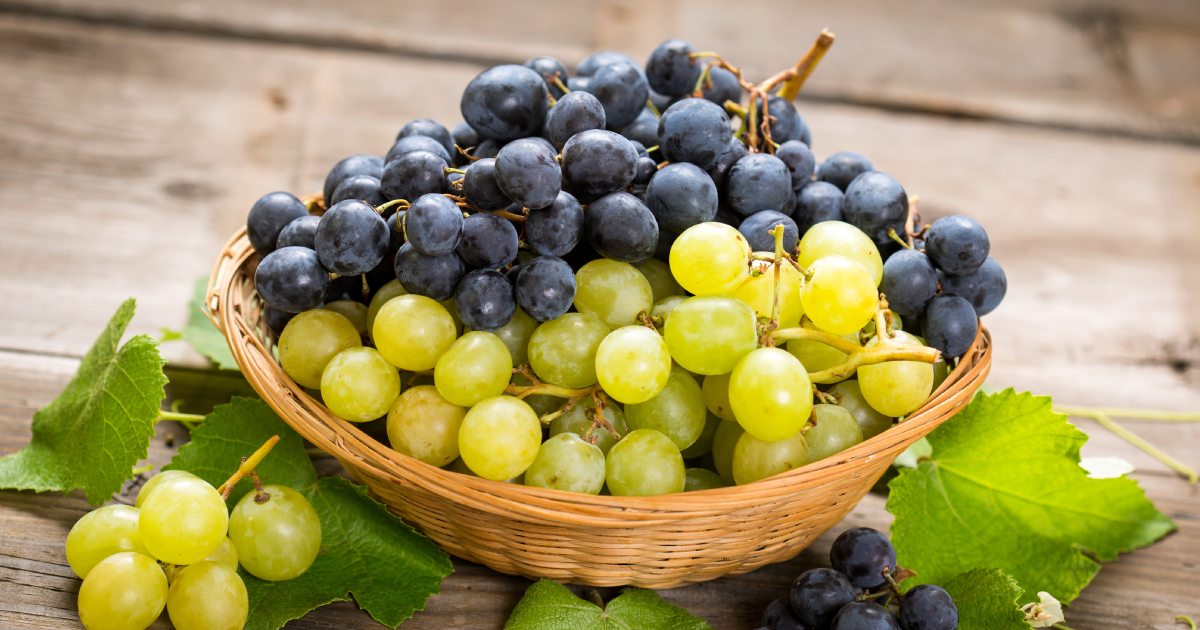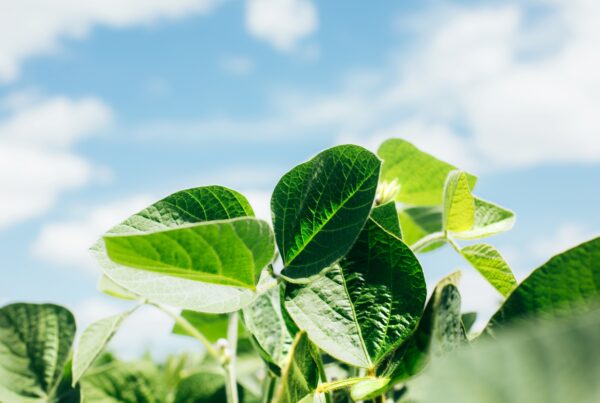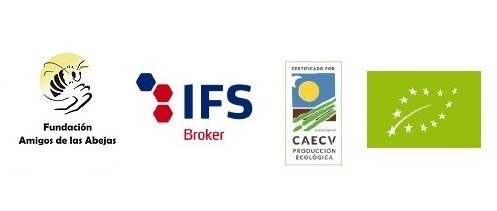
Grapes are the small fruit that grow in tight clusters on the vine. They are planted on vines and grow in clusters on the vines, producing between six and three hundred grapes per cluster.
Its flesh is white or purple and always juicy and sweet tasting. Rounded in shape, its skin can be greenish, yellowish or purple. It is frequently consumed as fresh fruit or as juice (approximately 27% of the production is destined to these uses), although its main use is fermenting it to obtain wine.
Nowadays, this fruit can be enjoyed all year round, even though its natural time is the autumn. It is important that thehe stems are fresh and green, and that the grapes are as uniform in size as possible.
The ideal is to eat the grape with the skin on and chew the seeds well, as they contain tannins and catechins, which help to prevent ageing and inflammatory processes, and also boost the body's defences.
A source of vitamins
The truth is that, despite their small size, grapes are a source of minerals and vitamins for the organism. They are mainly made up of water (80%) and rapidly assimilated carbohydrates (17%). All this makes them a good source of energy.
The carbohydrates it provides include glucose, fructose, sucrose, dextrose and levulose, and the fibre it contains in the form of cellulose helps to combat constipation.
As for vitamins, they contain all the vitamins of the B group, being especially rich in vitamin B6, very important for the nervous system. They are high in beta-carotene, a precursor of vitamin A and very useful for vision and protection of the mucous membranes.
In terms of minerals, it contains potassium, magnesium, calcium, sulphur, iron, and also small amounts of copper, manganese and selenium.
What are the benefits?
Thanks to various non-nutritive but very healthy substances, grapes have a beneficial effect on the body.
These substances include resveratrolwhich is found mainly in the skin of black and red grapes, has antifungal and, above all, antioxidant properties. Recent research also suggests that it has anticarcinogenic properties. In addition, we also find flavonoidsThe antioxidants, anthocyanins and tannins, which act as antioxidants, prevent the effects of ageing as well as the oxidation of cholesterol and the formation of thrombi in the arteries.
Your therapeutic value is explained by its content of nutritive and non-nutritive substances:
- Thanks to its high fibre content, it helps to combating constipation.
- Due to their content of antioxidant substances (resveratrol, flavonoids, anthocyanins and tannins)strengthens defences of our organism.
- Delays ageing due to the presence of antioxidants.
- It is very cleansing due to its high water and fibre content.
- In cases of fatigue, anaemia, physical and mental stressis a natural remedy by the invigorating action of the sugars and vitamins it contains.
- Prevents cardiovascular diseases due to the presence of flavonoids and resveratrol.
How many varieties can we find?
Grapes are one of the most varied fruits in the world. There are around 3,000 varieties, although not all of them have the same purpose. We can say that there are two main groups: table grapes and those used for wine production.
Table grapes have a more compact pulp and a colour ranging from white/yellow to maroon or violet. Although grapes usually have seeds, we can also find different seedless varieties that were originally destined to the production of sultanas, but nowadays they are used as fresh fruit.
Some of them are still used as sultanas, and this result is achieved after drying the fruit in the sun, whereby they lose most of their water content. These grapes have low acidity and are rich in sugars. They are commonly used in confectionery or in cooking to make sauces. They provide about 300 calories per 100 grams. They are richer in potassium, fibre and vitamins of the B group, but contain less vitamin C.
We hope that this article has helped you to learn a little more about this fruit which, despite its small size, as you have read, is a great source of energy. As a curious fact: the tradition in Spain of eating twelve grapes on New Year's Eve with the chimes of midnight began in 1909. The promoters were the grape growers themselves, who in that year had a great harvest, but very little demand.






